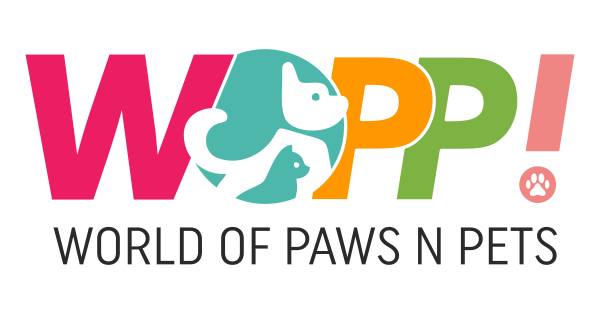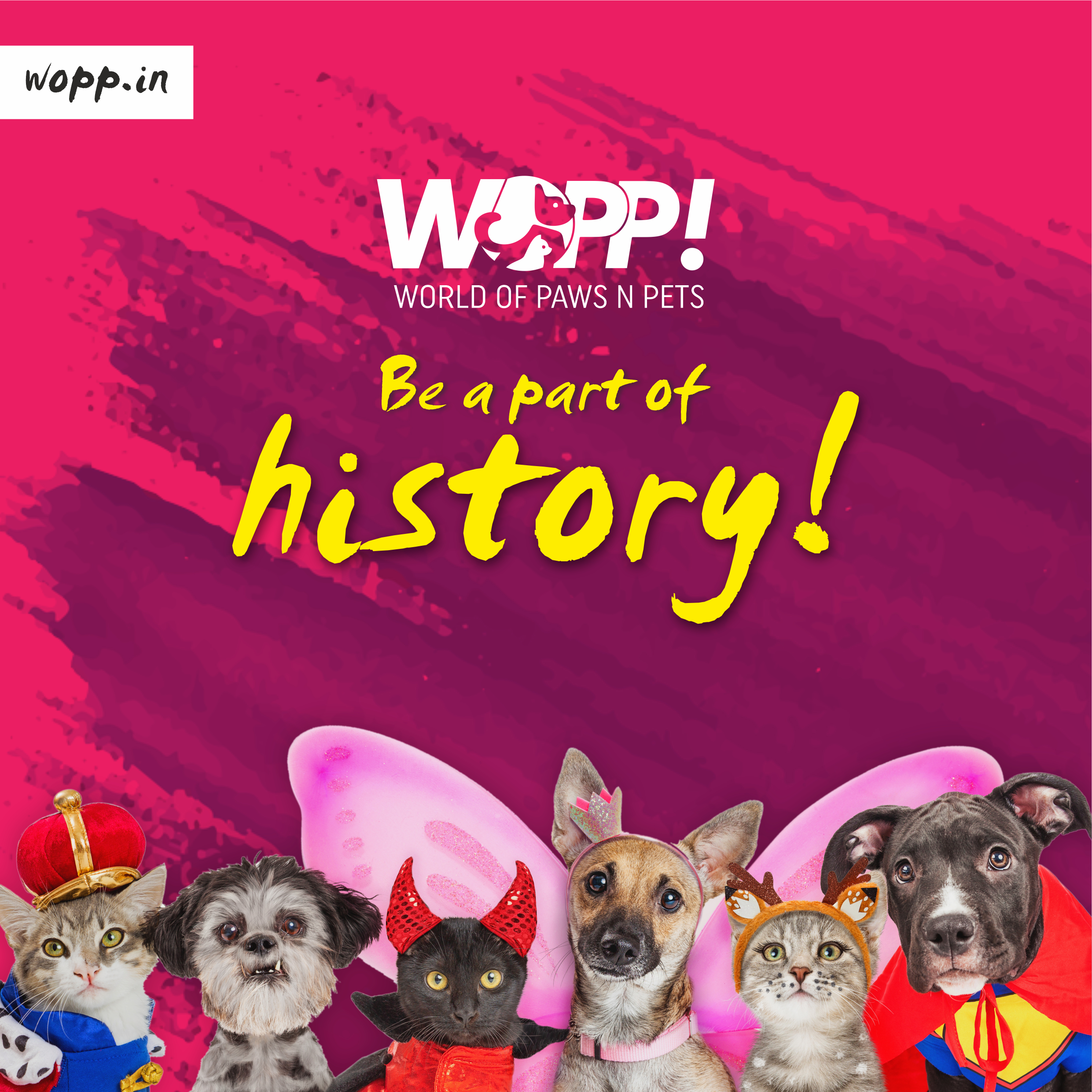The Pet Food Packaging Market is expected to reach USD 15. 60 billion by 2027, registering a CAGR of 6. 79% over the forecast period. The pet food packaging market is gaining traction due to the growing adoption of pets as companions and the increasing awareness about maintaining a pet’s health among owners.
Reportlinker.com announces the release of the report “Pet Food Packaging Market – Growth, Trends, COVID-19 Impact, and Forecasts (2022 – 2027)” – https://www.reportlinker.com/p06134955/?utm_source=GNW
The rising concerns about pets’ health are boosting the adoption of spill-proof and advanced pet food packaging to maintain pet food packaging quality.
Key Highlights
As the social contract shifts and treating pets as faithful family members become more of a social norm, the growth and development of the premium pet food category have emerged as a natural consequence. The emergence of new brand players and the proliferation of SKUs unleashing dramatic packaging is driving the pet food industry.
Flexible packages and lighter containers with premium protection and HD printing help processors tap into booming pet ownership and react to trends like wet treats, high protein content, and more supplements. As US pet food production becomes safer under FSMA, the packaging reflects transparency, showing the food through windows and highlighting natural ingredients.
Plastic bags are widely used in the packaging of pet food. However, the adoption rate for such packaging in the pet food industry is declining due to environmental concerns and regulations on plastic packaging.
The pet food packaging market has witnessed a double impact on product demand in recent months owing to the lockdowns imposed in many countries due to the outbreak of COVID-19. With COVID-19, packaging manufacturers were flooded with a pool of issues that were anticipated to be only for the short term. Some of the effects of lockdown include supply chain disruptions, lack of availability of raw materials used in the manufacturing process, labor shortages, fluctuating prices that could cause the production of the final product to inflate and go beyond budget, shipping problems, etc.
The adoption of pet animals has become a trend during the pandemic in a few countries, such as India, and has become an ongoing trend. For instance, an adoption drive conducted by The Hindu and Amazon Prime Video in April 2022 allowed individuals to adopt stray animals into their families, and people were advised of the need to adopt strays instead of spending immense amounts on breeds, many of which are not fitted to the Indian climate. Such initiatives would leverage the market for pet food packaging in the country.
Key Market Trends
Dry Pet Food Type to Witness Fastest Growth
Pet foods come in three types, depending on their final moisture content, namely wet, semi-moist, and dry (also called kibble). Baked, pelleted, and extruded feeds are a few types of dry pet foods, with extruded foods being the most popular. Grain, meat, poultry, eggs, and vegetable by-products are typically utilized as raw ingredients in pet food production, along with additional lipids, vitamins, and minerals.
Dry pet foods generally include extruded, baked (kibbles), or flaked. In terms of storage, dry pet foods are stored in a chill, dry environment to prevent the destruction of vitamins and the oxidation of fats. Because oxidation of fats leads to rancidity. Dry dog food is also used to help keep the dog’s teeth healthy since chewing dry food helps to reduce tartar buildup.
Moreover, farinaceous (flavor enhancers) elements predominantly make up dry pet diets with a moisture content of less than 20% and a limited amount of proteinaceous ingredients. Dry pet foods with a moisture content of 8–9% often have a dry and brittle texture, whereas other formulations with a moisture content of 10-15% have a softer texture.
Due to their low water activity and consequent microbiological stability, dry pet foods have a long shelf life. However, dry pet foods are typically less appealing to pets than moist or semi-moist pet foods, probably due to their low flavor appeal. In contrast, some pets may prefer dry pet foods due to their textural qualities. This drives the growth of the dry pet food packaging market.
Dry pet food has not conventionally been a demanding product to package, with prominent brands offering dry pet food in paper bags. Companies like Nestlé Purina are exploring new packaging methods, including new paper-based materials and piloting reusable packaging systems where customers can bring their containers to take dry pet food.
The market witnessed several partnerships and corporate expansions at the global level in recent years. This helped the dry pet food packaging companies to compete in the growing market.
North America to Hold the Largest Share
The demand for pet food packaging in North America can be correlated with the increasing adoption of pets and rescue dogs in the region. According to the National Pet Owners Survey of 2021-2022 by the American Pet Products Association (APPA), about 70% of US households, or about 90.5 million families, own pets.
The increase in the adoption of pets and rescue animals also led the packaging industry to brainstorm on the premiumization and safety of pet food products. The bag or container makes manufacturers stand out with cat and dog owners who want sustainable options, personalized pet diets, and ingredients that even humans find appealing.
Pet humanization is one of the biggest trends reshaping the pet care industry. A survey conducted by Mondi suggested that 75% of the respondents intend to spend more and feel more favorable toward brands with sustainable packaging. Moreover, brands seek solutions that complement their corporate values in the pet food industry, with sustainability being the prime concern.
Dry pet food bags require unique construction. The inner layer of the multiwall bag should protect the contents, and the outer layer needs to be aesthetically pleasing with no grease stains permeating through the inner layer.
Therefore, Companies like Mondi offer pet food packaging solutions such as BarrierPack Recyclable. These premade pouches and FFS roll-stock constitute plastic laminates that are recyclable in areas where flexible packaging is accepted and through store drop-off. It is done without compromising functionality.
Moreover, BASF America is creating more sustainable pet food packaging with its water-based emulsion, JONCRYL HPB 1702. It can sustainably deliver the grease-resistant properties and food safety certifications demanded by the pet food market. Applied via flexographic, gravure, or rod, JONCRLY HPB 1702 provides excellent grease resistance at room temperature and elevated temperatures of up to 60°C, even after folding and creasing.
Competitive Landscape
The market contains multiple companies, which intensifies the level of competition. This intensity of competitive rivalry is expected to be moderately high over the forecast period. Some key players in this market are Amcor Limited, American Packaging Corporation, ProAmpac LLC, ProAmpac LLC, Constantia Flexibles Group GmbH, and Crown Holdings. With innovation in pet food products and rising competition in the pet food packaging market, manufacturers opt for quality and sustainable packaging to attract more customers.
August 2022: Amcor announced that it had acquired a world-class flexible packaging plant in the Czech Republic. The site’s strategic location immediately increased Amcor’s ability to satisfy strong demand and customer growth across its flexible packaging network in Europe. The plant is a greenfield development commissioned by DG Pack in 2019 and features state-of-the-art specialized equipment for attractive segments, including coffee and pet food.
May 2022: Coveris partnered with Ultra Premium Direct, a French manufacturer of natural premium pet food, on mono-material and recyclable polyethylene (PE) bags for the Protein Boost pet food product range.
Additional Benefits:
The market estimate (ME) sheet in Excel format
3 months of analyst support
Read the full report: https://www.reportlinker.com/p06134955/?utm_source=GNW
About Reportlinker
ReportLinker is an award-winning market research solution. Reportlinker finds and organizes the latest industry data so you get all the market research you need – instantly, in one place.



